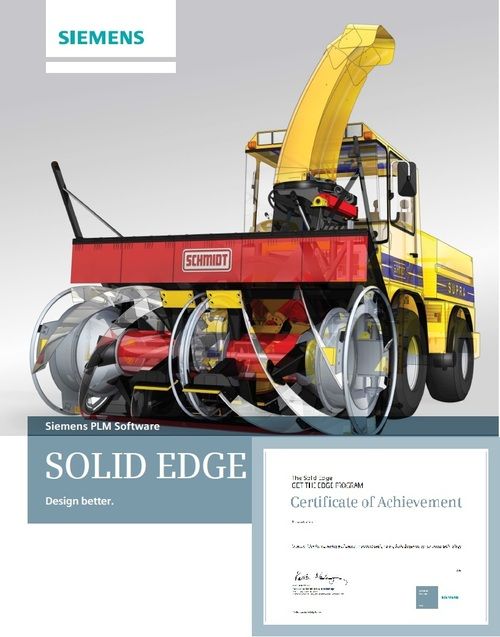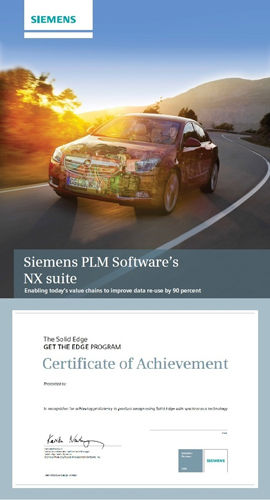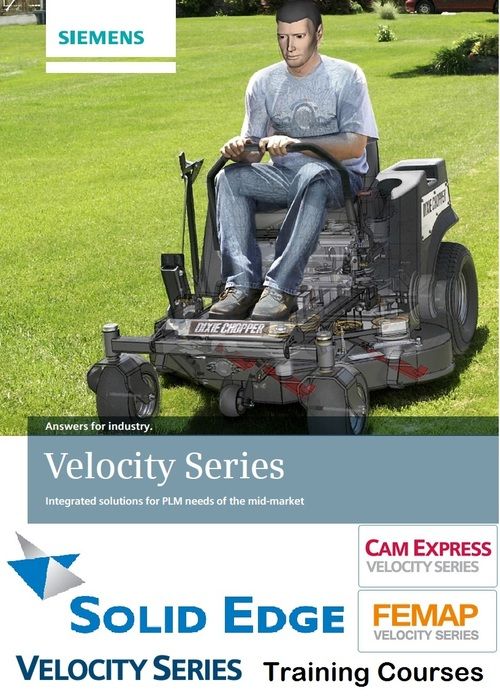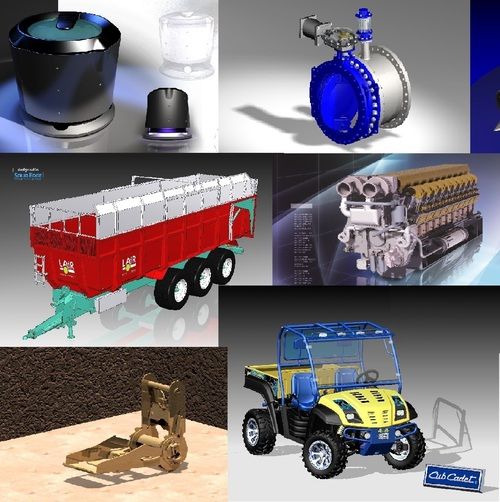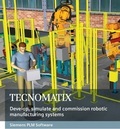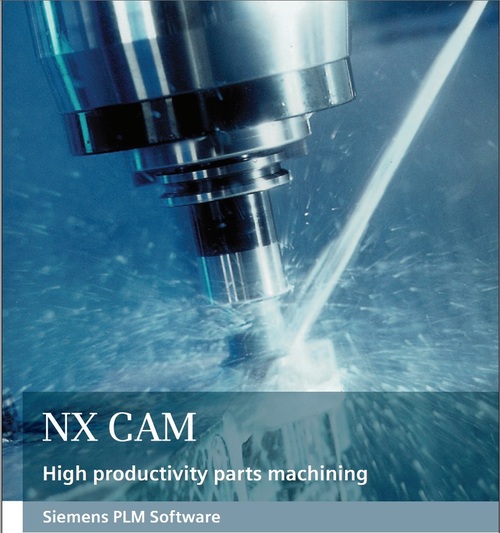
Cam Processors Multi-function Services
Price:
Get Latest Price
In Stock
Product Specifications
| Software Type | CAM |
| Machine Compatibility | Multi-function |
| Axis Support | 5-axis |
| Simulation | G-code |
| Postprocessing | Modular |
| Usage | Multi-function CNC machine programming |
| Compliance | Industry standard |
| Features | Multi-function, 5-axis milling, Turning, G-code simulation, Efficient machining, Cost reduction |
Product Overview
Key Features
CAM Processors Multi-Function Services
Multi-function machines cover a wide range of possible configurations.Clearly a CAM system needs to offer the range of capabilities available on the machine in one software package.Thus a milling CAM system wont be of much use if the machine offers milling and turning on the same machine as many do. Depending on the machine configuration, programs might require any combination of turning, 3-axis milling, 3+2 positional milling and full 5-axis milling. Even prismatic parts can require this more complex level of processing on a mill-turn machine tool.
G-code driven machining simulation
Unless the detailed synchronization at the G-code level is to be done outside of the CAM programming system as a separate and later task, it is necessary to have direct access to a view of the post processor output code while using the synchronization application. This can be difficult if the post processor is a separate application or not tightly integrated within the CAM software.
Postprocessing
Post processing is a critical element of the multi-function machine tool programming solution.Such a machine can often require multiple postprocessor functions to address the various combinations of milling and turning. One approach is to create one large postprocessor that strings the entire set together.The challenge with this approach is that the one postprocessor is very complex, hard to write and even harder for someone else to edit. Another method is to arrange a system of postprocessors one for each key function and device and then connect these with a link postprocessor.The result is a logical structure that is easier to develop and edit later. Each linked postprocessor is associated with a particular device or method and the system takes care of selecting the correct postprocessor automatically.
Postprocessing for multi-function machines
Each machine function requires a specific postprocessor stream which is combined into one synchronized output set. Not limited by CL file content, the NX postprocessor connects directly to the internal tool path definition. It can access any information in the NX Machining database, enabling automated software decisions at the postprocessing stage. NX post builder Customers and solution implementers can create or edit postprocessors, working from example configurations and their own specifications. Standard postprocessors for typical machine and controller configurations can easily be edited. NX also creates CLS files that can be used as input to third-party postprocessors. Mutiple-axis machining enables companies to produce precision complex parts efficiently with fewer operations and setups reducing cost, waste and delivery times. Efficient and accurate
multi-axis machining requires extreme flexibility in both parameter setting and cutting sequences. NX supports these requirements with sophisticated NC processors, multiple levels of control and user-defined drive methods.
Company Details
Focusing on a customer-centric approach, 3D TECHNOLOGIES has a pan-India presence and caters to a huge consumer base throughout the country. Get CAD CAM Design Services from 3D TECHNOLOGIES at Trade India quality-assured services.
Business Type
Service Provider, Distributor, Supplier
Employee Count
10
Establishment
2008
Working Days
Monday To Sunday
GST NO
24AJVPG7957J1ZG
Payment Mode
Cash on Delivery (COD), Cash Advance (CA), Cash in Advance (CID), Cheque, Days after Acceptance (DA), Delivery Point (DP), Letter of Credit (L/C), Letter of Credit at Sight (Sight L/C), Telegraphic Transfer (T/T), Western Union, Paypal
More Product From This seller
Seller Details

GST - 24AJVPG7957J1ZG
Ahmedabad, Gujarat

Accepts only Domestic inquiries
Proprietor
Mr. Krishna Shah
Address
125-126, 1st Floor, Amc Building, Virat Nagar Cross Road, Virat Nagar, Nh No.: 8, Odhav, Ahmedabad, Gujarat, 382415, India
Report incorrect details


